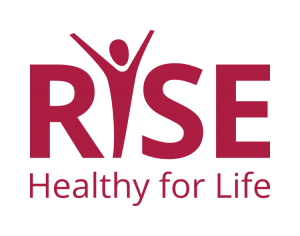In this eLearning unit, learn how, as an educator or school employee, you can identify signs that a student may be experiencing or vulnerable to sex or labor trafficking. This unit employs stories, interactive dialog, quizzing, and video to promote learning. Suggested prerequisite: Human Trafficking 101.
Through Healthy Teen Network’s partnership with the University of Maryland School of Social Work’s Prevention of Adolescent Risk Initiative, we are pleased to share resources on human trafficking. Although these resources are focused on specifics for the state of Maryland, anyone from any state can learn about human trafficking as well.




